Say Goodbye to Crystal-Causing Veggies: Try These 15 Low-Oxalate Vegetables Instead.
Did you know that some vegetables are secretly harboring harmful oxalates that can wreak havoc on your health? Just one cup of spinach contains a whopping 700mg of oxalate, far surpassing the daily allowance for those on a low oxalate diet or any diet.
But don’t despair – there’s a glimmer of hope in the form of low-oxalate vegetables. These delicious and nutritious veggies contain only a fraction of the oxalates found in spinach, and some even contain none at all.
Get your taste buds and kidneys ready to explore the wondrous world of low-oxalate vegetables! Say goodbye to crystal-forming oxalates and hello to a healthier, happier you with these delicious and nutritious options.
Here Is a List of 15 Low-Oxalate Vegetables

Are you looking for low-oxalate vegetables to add to your diet? Look no further! I have compiled a list of 15 vegetables with their corresponding oxalate levels, ranging from 0 mg to 5 mg per cup. From green bell peppers to watercress, you’ll find a variety of delicious and nutritious options to choose from.
| Vegetable | Oxalates per Cup |
|---|---|
| Green bell pepper | 5 mg |
| Brussels sprouts | 4 mg |
| Cucumber | 4 mg |
| Zucchini | 2 mg |
| Broccoli | 2 mg |
| Squash | 2 mg |
| Cauliflower | 2 mg |
| Green peas | 2 mg |
| Bok choy | 1 mg |
| Lettuce | < 1 mg |
| Cabbage | < 1 mg |
| Radish | < 1 mg |
| Arugula | 0 mg |
| Watercress | 0 mg |
| Endive | 0 mg |
1. Green Bell Peppers
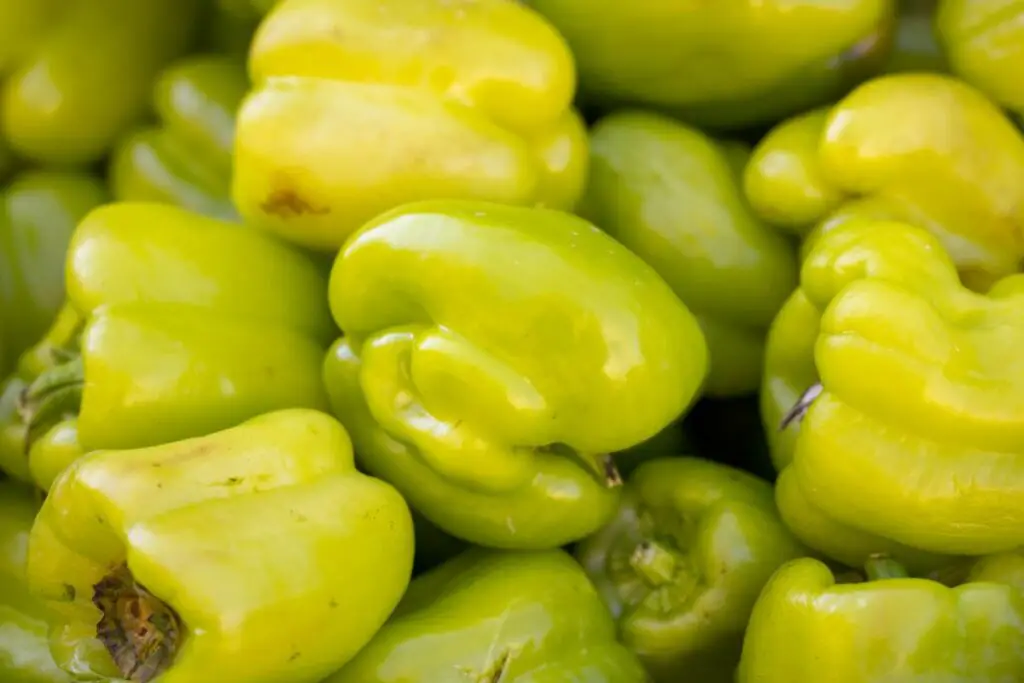
I know green bell peppers aren’t the “perfect” low oxalate veggie. They’re like the kid who didn’t quite make it onto the honor roll, but still got a B+.
Sure, they have 5 mg of oxalates per cup, but let’s put that in perspective – that’s like the number of oxalates in half a small spinach leaf.
So while they might not be the star of the low oxalate show, they’re still a solid choice. Plus, they add a pop of color to any dish and make a great crunchy snack.
So let’s give green bell peppers the respect they deserve, okay?
2. Brussels Sprouts
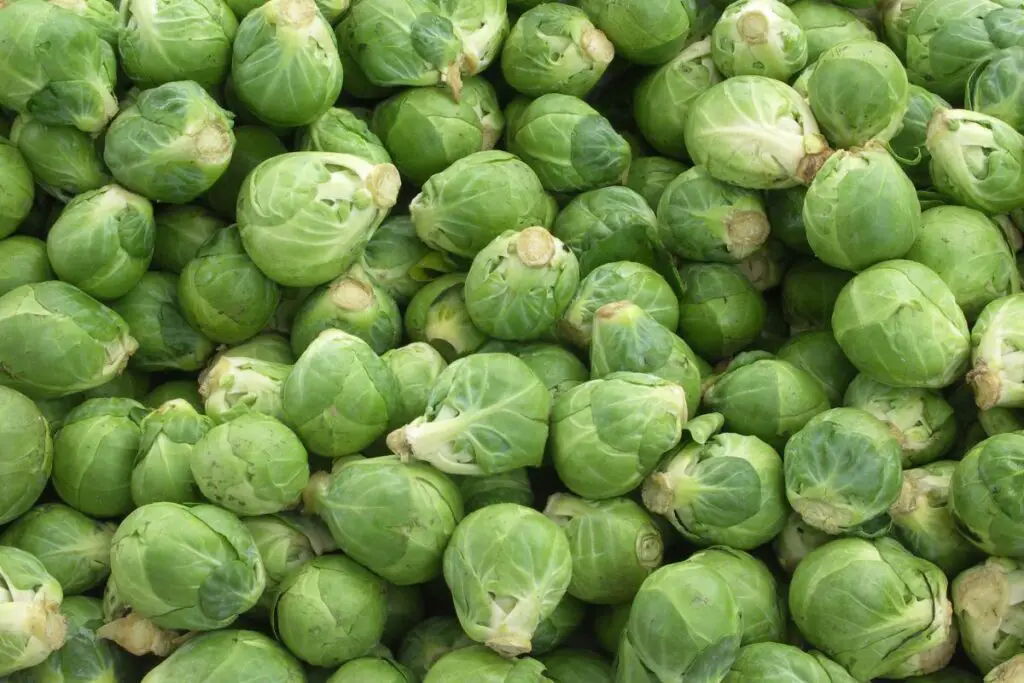
Brussels sprouts – they’re like mini cabbages but way cooler. With only 4 mg of oxalates per cup, these little guys are like the edgy rebels of the low-oxalate veggie world.
Sure, they’re not the lowest oxalate veggie out there or on this list, but come on – they taste amazing roasted, fried, or even raw (if you’re into that kind of thing).
So next time you’re feeling adventurous in the produce aisle, give Brussels sprouts a chance – they might just surprise you.
3. Cucumbers
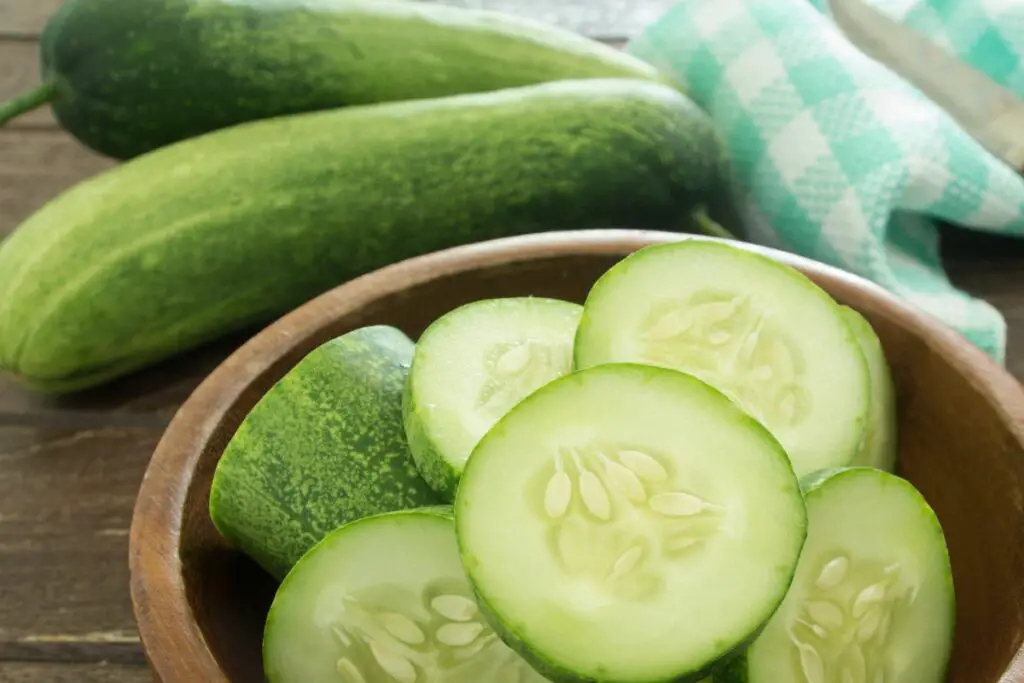
Cucumbers might not also be the lowest oxalate veggie, but they’re still a great choice. With only 4 mg of oxalates per cup, they won’t leave you feeling like you’ve been betrayed by your salad.
Plus, they’re basically nature’s water bottles, so you can hydrate and low oxalate at the same time.
4. Zucchini
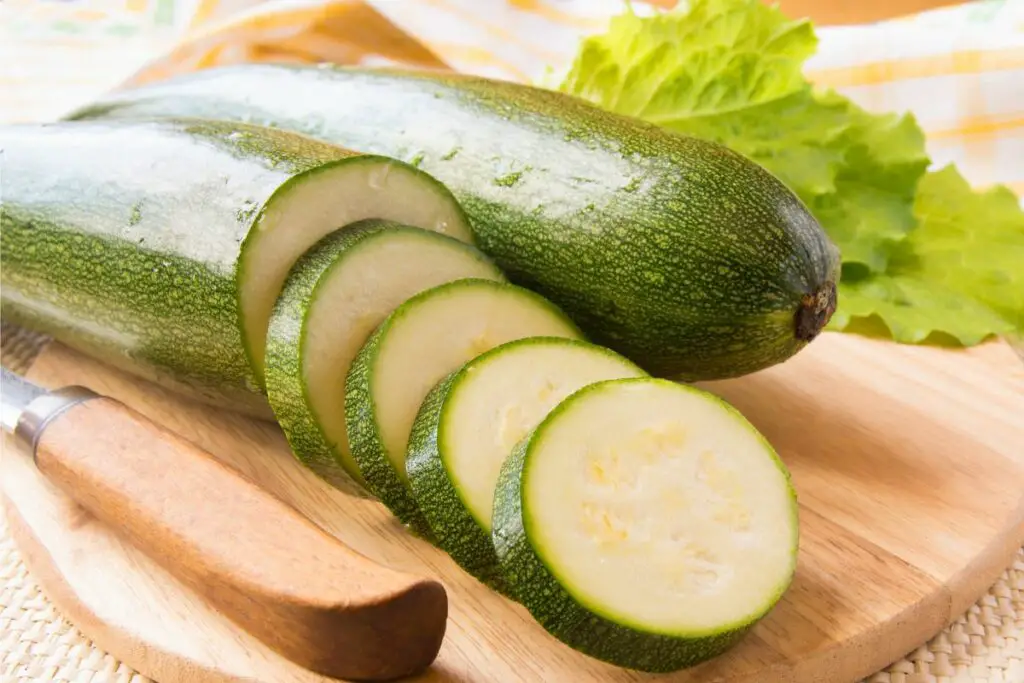
When life gives you high oxalate vegetables, throw them away and make zucchini bread instead. With only 2 mg of oxalates per cup, zucchini is like the zen master of low-oxalate veggies.
Plus, it’s basically a blank canvas that you can cook up in a million different ways.
5. Broccoli
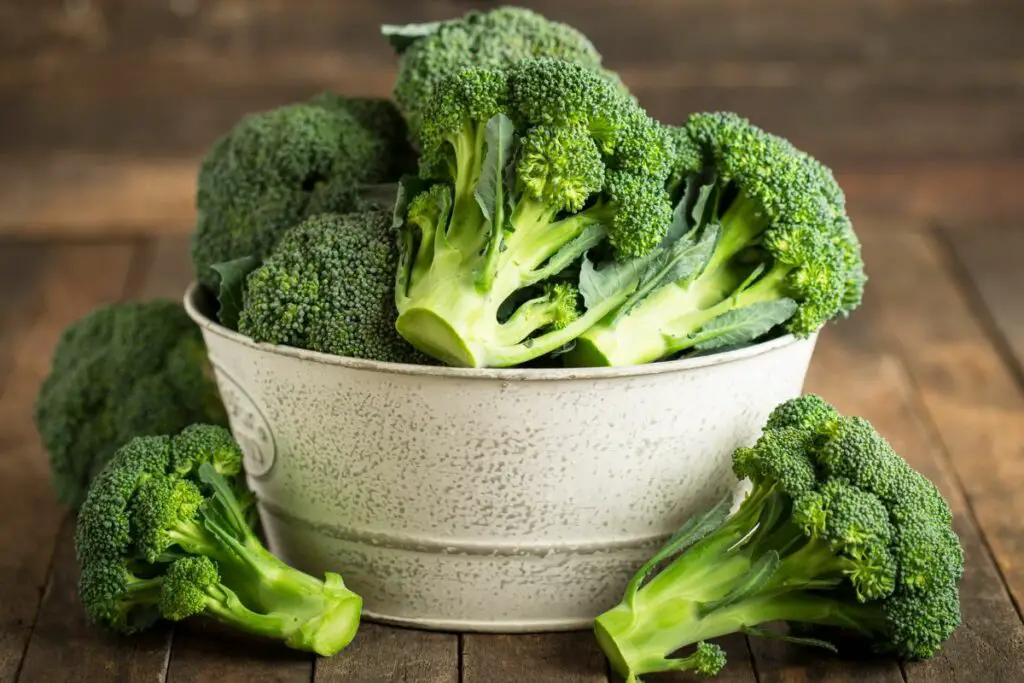
Broccoli might look like a little tree, but it won’t leave you barking up the wrong nutritional value. With only 2 mg of oxalates per cup, broccoli is like the low-oxalate superhero of the vegetable world. So next time you’re in the produce aisle, give broccoli a friendly head nod.
Read Also: How Much Broccoli To Eat Per Day? (How much is too much?)
6. Squash

Squash – the veggie that’s always got your back, or rather, your digestive system. With only 2 mg of oxalates per cup, squash won’t leave you feeling like you’ve just eaten a bag of rocks.
It’s delicious, roasted, grilled, or baked, and its versatile flavor makes it a crowd-pleaser. So don’t squash your low oxalate dreams – give this veggie a try.
7. Cauliflower

Don’t let oxalate crystals ruin your day – ditch the high-oxalate veggies and say hello to cauliflower! With only 2 mg of oxalates per cup, this little veggie packs a nutritious punch without causing any kidney stone drama.
Plus, let’s be real, cauliflower rice is way more fun to say than “calcium oxalate crystal.”
Read Also: How to Cook Frozen Cauliflower Rice. (Tasty, Fast & Not Soggy).
8. Green peas
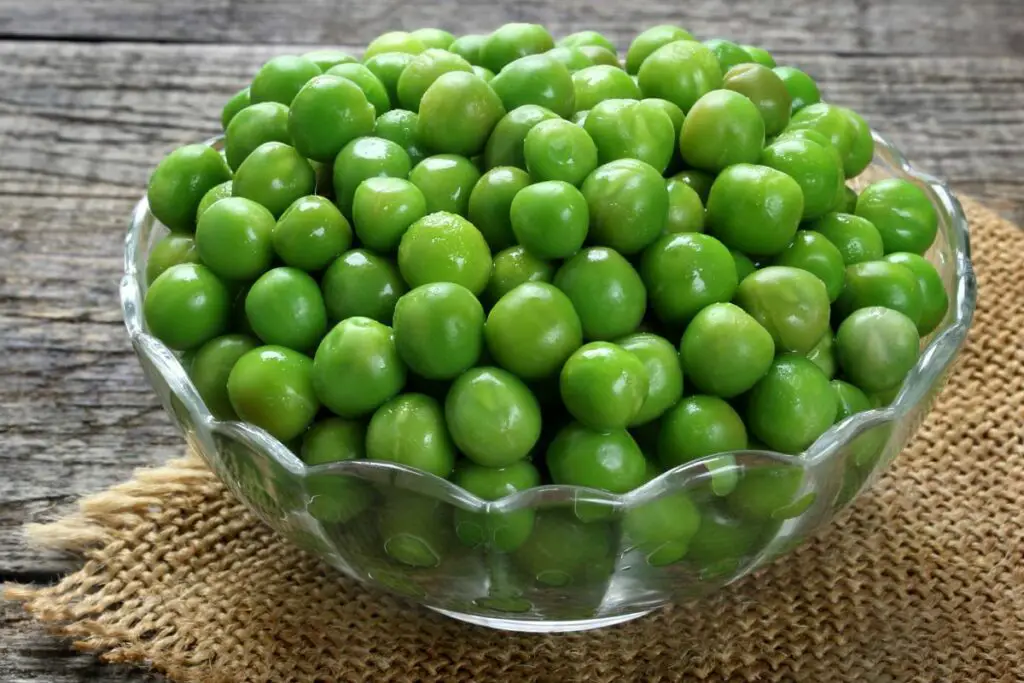
Green peas may be small, but they’re mighty low in oxalates. At only 2 mg per cup, they’re like the ninja of the vegetable world, sneaking in their nutrients without any pesky oxalate crystals to ruin the party.
So, if you’re looking for a low oxalate veggie that won’t send your kidneys running for cover, green peas are a great choice.
9. Bok Choy
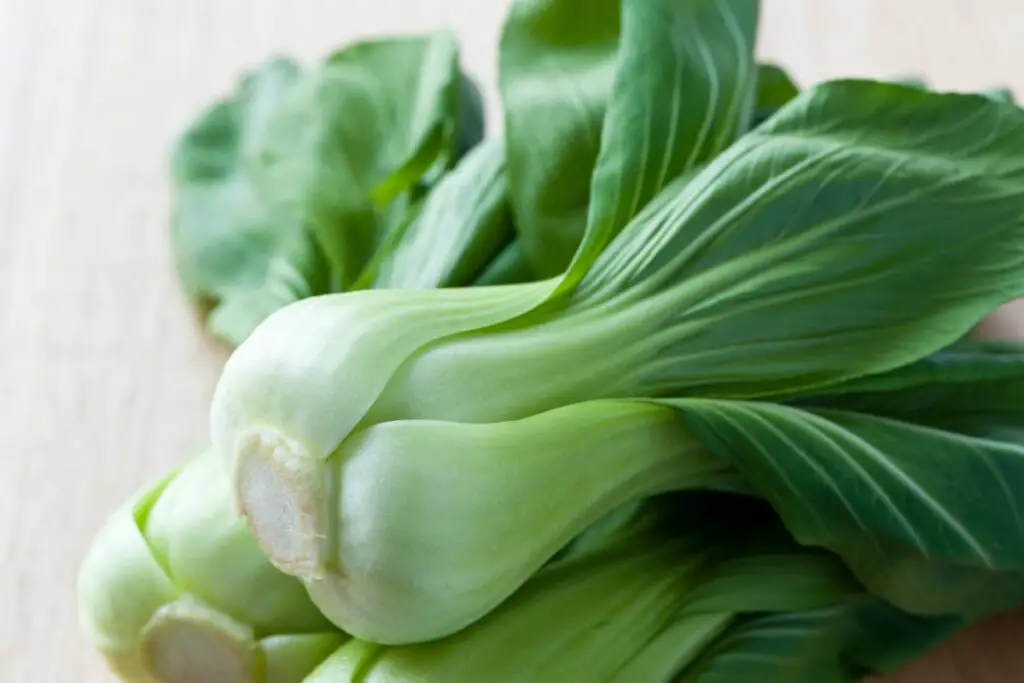
Bok choy may sound a bit overly fancy name for a leafy green, but that aside, it’s really low in oxalate. With only 1 mg of oxalate per cup, bok choy can safely go on our shopping list. It’s crispy and crunchy and will leave you feeling like, well… not full of oxalates.
It’s crispy and crunchy and will leave you feeling like a total oxalate-busting boss.
10. Lettuce
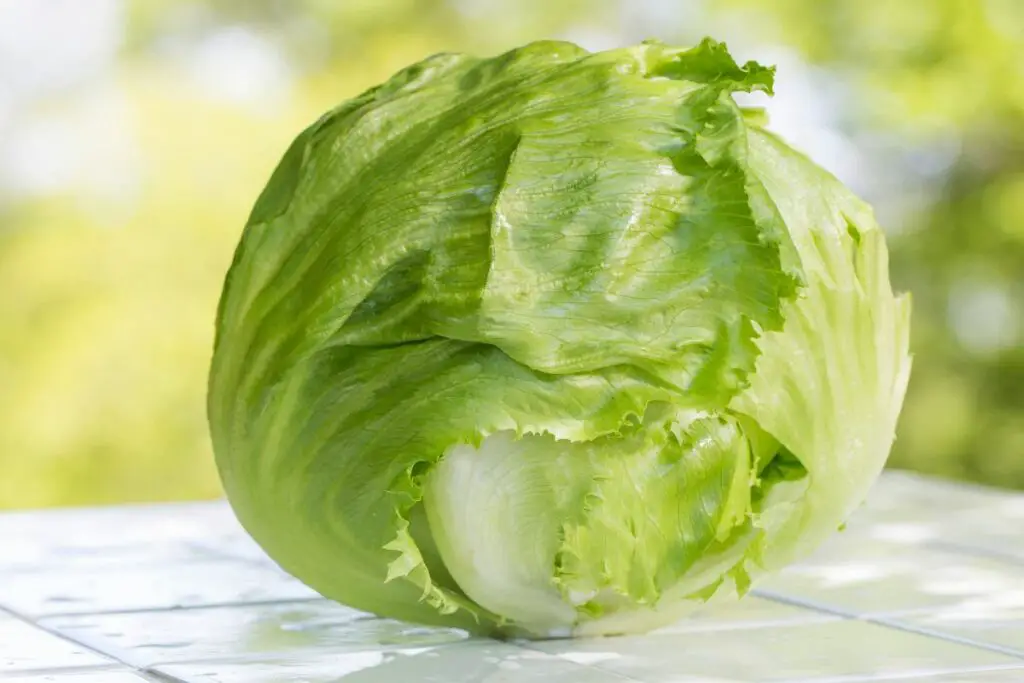
Lettuce, the OG of low oxalate veggies, is basically a crystal-free zone. While other veggies are busy forming oxalate crystals like they’re competing in some sort of mineral pageant, lettuce is just living its best life – crunchy, refreshing, and oxalate-free.
Next time you’re in the mood for a salad, skip the pageant contestants and go for the laid-back lettuce.
11. Cabbage

Cabbage may also not be the most glamorous veggie on the block, but it’s got one thing going for it – it’s practically oxalate crystal-free! With less than 1 mg of oxalates per cup, cabbage is like the zen master of the low oxalate world.
So if you’re tired of worrying about pesky oxalate crystals ruining your day (and your kidneys), give cabbage a try – it’s the low oxalate veggie that won’t have you sweating (or peeing) crystals.
Read Also: Can You Cook Cabbage In An Air Fryer? – Check This Out!
12. Radish
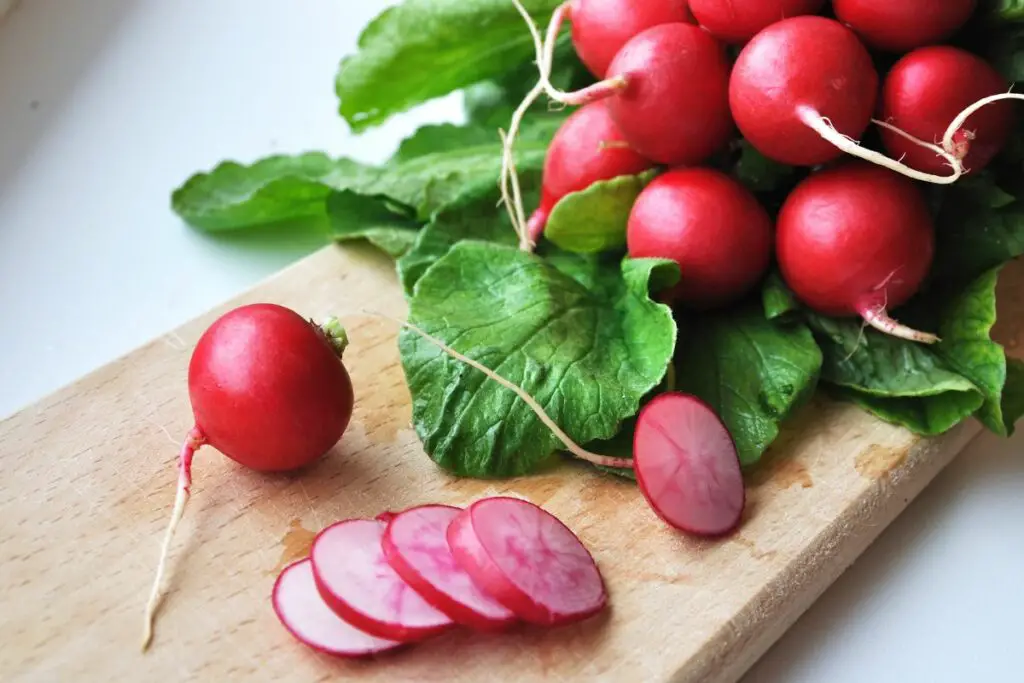
Why did the radish turn red? Because it saw the salad dressing!
What I meant was, why eat oxalate crystals when you can eat radishes? With less than 1 mg of oxalates per cup, radishes are the ultimate low oxalate veggie you can freely munch on.
13. Arugula
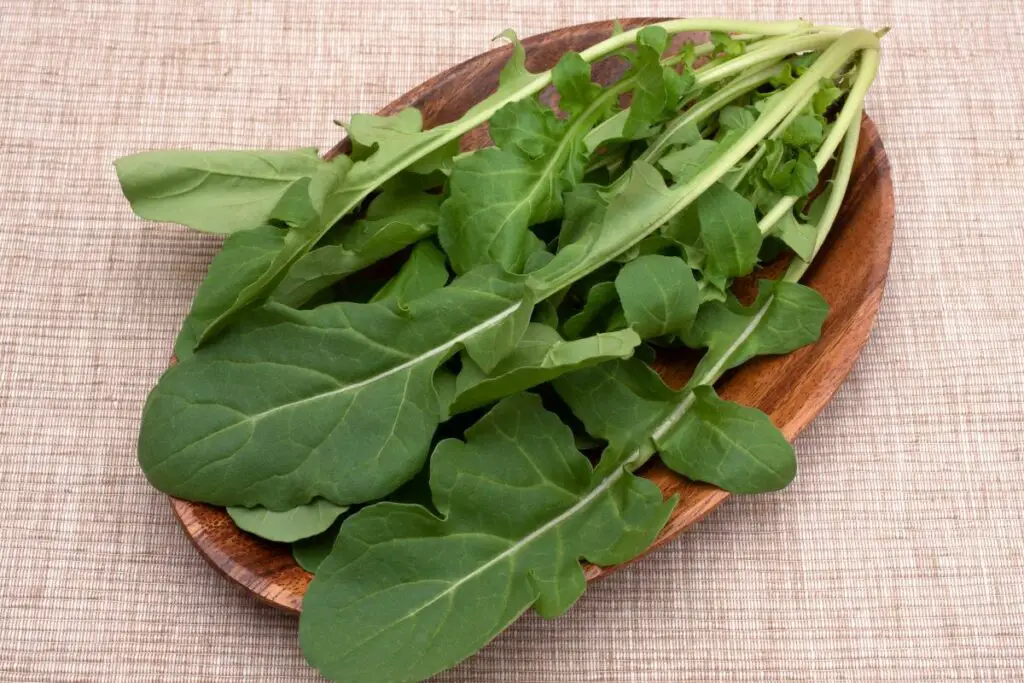
If you’re tired of oxalate crystals ruining your day, it’s time to turn over a new leaf with arugula. That’s right; this low oxalate veggie is so good, it’s practically crystal-free.
So go ahead and sprinkle it on your pizza, toss it in a salad, or use it as a fancy garnish – arugula is the oxalate-free MVP of the veggie world.
14. Watercress
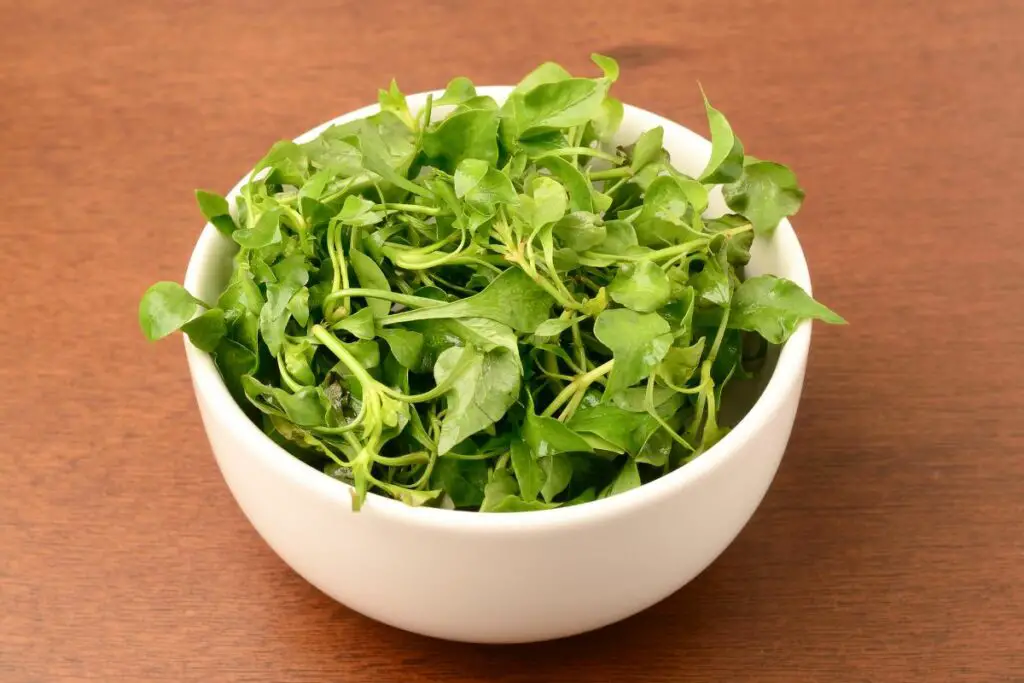
Watercress may be the underdog of the vegetable world, but don’t let its humble appearance fool you – this green machine is a low oxalate legend.
With zero mg of oxalates per cup, watercress is like the unicorn of the vegetable kingdom. It’s peppery, it’s nutrient-packed, and it’s the ultimate low oxalate veggie.
15. Endive

Endive, the low oxalate veggie that’s basically a leafy hug for your body. With 0 mg of oxalates per cup, endive is the friend that never lets you down. It’s versatile, delicious, and nutrient-packed, making it the perfect addition to any meal without turning you into an oxalate crystal.
If you’re not a veggie person, no worries! Here’s a list of some of the best low-oxalate fruits that won’t leave you full of crystals: 18 Low Oxalate Fruits – List Of Crystal-Clear Choices.
In Conclusion
Incorporating low-oxalate vegetables into your diet is a simple and effective way to reduce the risk of kidney stones and other related health issues.
With this list of 16 low-oxalate vegetables, you have a diverse range of options to choose from. From the humble lettuce to the nutrient-packed kale, these veggies are not only low in oxalates but also packed with essential vitamins and minerals.
Why don’t you go ahead, explore the world of low oxalate vegetables, and discover a new world of flavor and wellness?
Check out my latest video below: High Oxalate Foods List – 13 Popular Foods You Should NOT Be Eating!
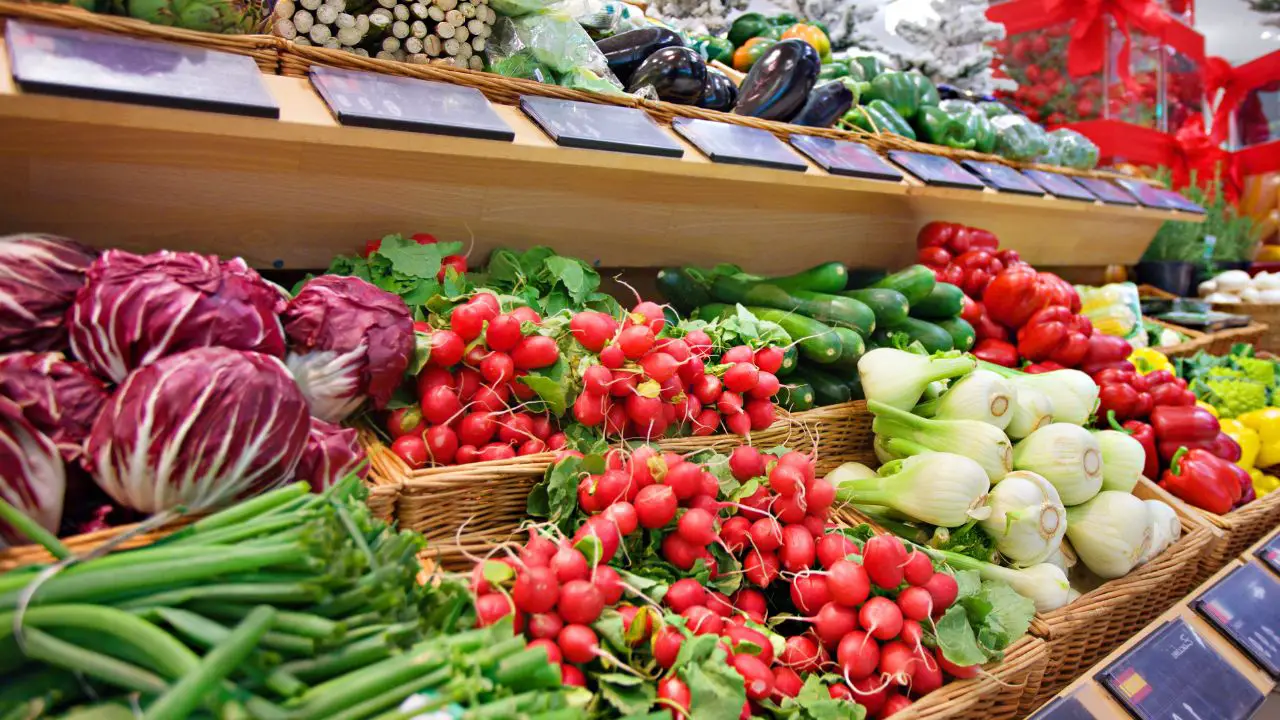

Hey there, thanks for sharing this info about oxalates in veggies! Honestly, I had no idea that some of my favorite greens were secretly harboring these little buggers. I mean, spinach and kale are supposed to be superfoods, right? But I guess too much of a good thing can sometimes be a bad thing. Anyway, I’ll definitely be more mindful of my veggie intake from now on. I can’t let these sneaky oxalates get the best of me! Thanks again for the heads up.
My wife was diagnosed with a mysterious recurring condition that her doctor couldn’t explain. After some research, we discovered it was caused by oxalates found in the vegetables she ate. She changed her diet and now it is all good.
If you pair low oxalate veggies and fruits along with high ones and some added calcium like Greek yogurt, you don’t have to worry so much . The calcium binds to the oxalates and shuttles them out of your body.